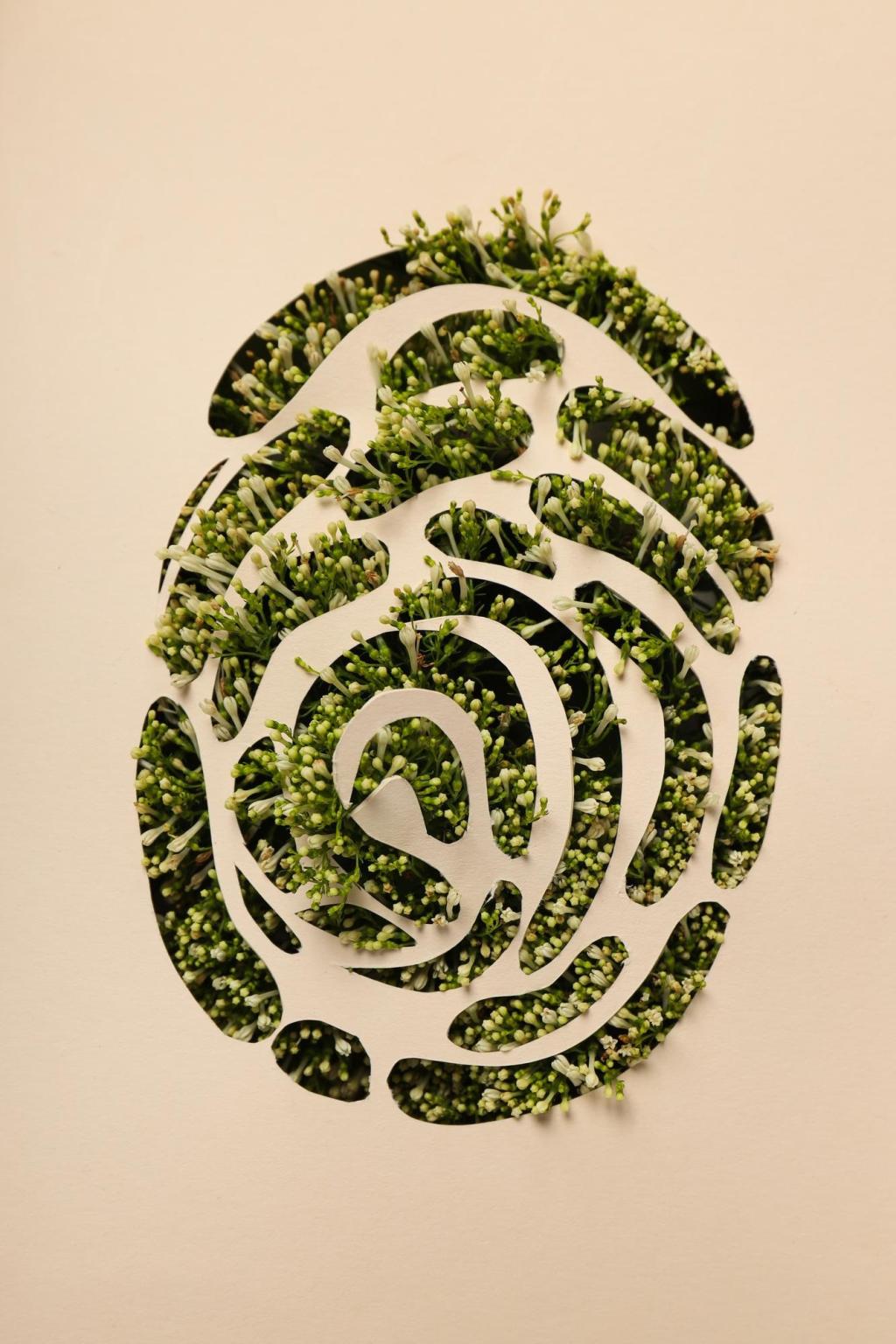
Biodegradable Solutions for Luxury Goods
Chosen theme: Biodegradable Solutions for Luxury Goods. Welcome to a new era where exquisite craftsmanship meets ecological intelligence, proving that true luxury can be sensuous, responsible, and designed to gracefully return to the earth.
The New Nature of Luxury
Luxury once prized immortality; now it cherishes a graceful goodbye. Biodegradable solutions allow treasured experiences without lingering waste, honoring materials, makers, and places by planning a dignified, earth-friendly end to every beautiful beginning.


The New Nature of Luxury
Collectors increasingly ask what happens after unboxing. Brands answering with compostable packaging, natural finishes, and end-of-life guidance earn trust, commanding attention not by loud claims, but by quietly closing loops their predecessors left open.

Architected fiber structures
Precision-molded fibers cradle watches, fragrances, and jewelry with millimetric consistency. Subtle embossing, nested compartments, and removable accessories create ceremony without laminates, enabling mono-material designs that disintegrate cleanly within thoughtfully designed composting or fiber recovery systems.
Protective films that disappear responsibly
Compostable films derived from cellulose or certain bio-polymers can replace petro-based wraps. They protect high-gloss lacquers and mirror finishes in transit, then exit through industrial composting streams, documented with clear disposal guidance included inside every box.
An anecdote of delight
A Swiss watchmaker replaced foam inserts with mycelium cradles and printed a map to a local community garden. Clients planted the cradle after unboxing; months later, seedlings sprouted—proof that protection can nourish rather than burden the earth.
Design Without Compromise
Feathered edges, soft-touch coatings, and micro-embossing can deliver velvet-like surfaces and crisp details. Designers pair fiber densities with subtle varnishes to elevate sensory cues, ensuring biodegradable substrates feel as sumptuous as traditional counterparts—if not more intriguing.

Compostability standards demystified
EN 13432 and ASTM D6400 specify criteria such as disintegration and high levels of biodegradation within defined timeframes in industrial composting. Transparent labeling and QR code instructions help clients route materials correctly, preventing wishful disposal and contamination.

Take-back and local partnerships
Boutiques can offer collection points or partner with municipal compost facilities. Clear signage, elegant return envelopes, and community compost events turn disposal into participation, transforming the end of ownership into a memorable, brand-aligned moment of stewardship.

LCA-informed decisions
Life cycle assessments illuminate trade-offs—energy inputs, transport, and end-of-life fate. Teams choose materials that reduce fossil dependence, minimize toxins, and ensure credible end-of-life options, aligning performance with values while publishing accessible summaries clients can trust.
Supply Chain Integrity and Certification
Supplier audits, chain-of-custody documentation, and batch testing anchor claims. Digital passports can track feedstocks and additives, recording compostability proofs, dye sources, and finishing steps to safeguard authenticity across international production ecosystems.
Supply Chain Integrity and Certification
Look for EN 13432, ASTM D6400, or TÜV OK compost logos where appropriate, plus FSC for responsibly sourced fibers. Avoid vague terms; specify conditions like industrial composting, and include disposal instructions tailored to regional infrastructure.
Supply Chain Integrity and Certification
Compliance frameworks vary. Teams align labeling and recovery pathways with local requirements, consulting waste operators early. A shared glossary reduces confusion, ensuring consumers encounter consistent messages from boutique shelves to community collection bins.
Storytelling, Community, and Ongoing Innovation
Narratives that invite participation
Explain where the fibers grew, how the polymers were made, and where each element should go next. Narrative maps, tactile swatches, and small keepsake seeds cultivate intimacy between material origins, craftsmanship, and responsible endings.
Care and aftercare instructions
Clarity prevents contamination and disappointment. Provide moisture limits, reuse suggestions, and step-by-step disposal routes. A gentle reminder on each lid turns fleeting attention into ritual, reinforcing that elegance includes considerate, well-guided farewells.
Co-creation with your audience
Invite readers to test compostable samples, report outcomes, and share photos of successful returns to soil. Their observations inform next iterations, transforming consumers into collaborators—and sustainability into a living, shared practice.
